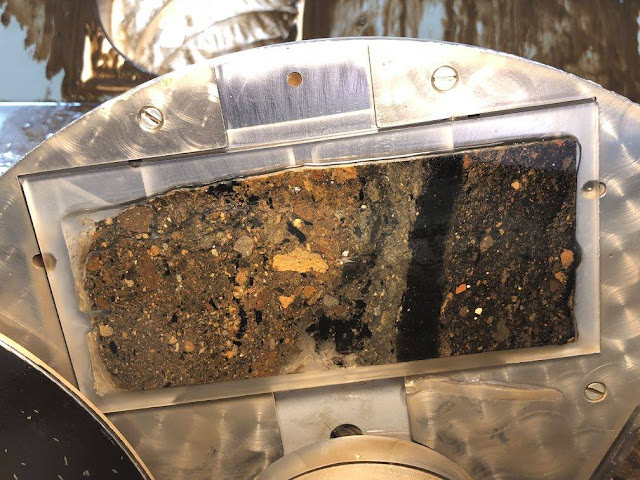Earthslides lab - the final stages!

It's been a frustratingly long process, but we have finally been given an end date for the set up of the new Earthslides lab at Newcastle - I am pleased to say that it will be up and running by the 22nd December. I started discussions about acquiring Earthslides way back at the end of 2017, when previous owner Julie Boreham announced her retirement. It wasn't until April that I mentioned this on my blog, which is about the time it took to put forward a proposal to the university to purchase the equipment/business, and to secure the funding. After getting an agreement in principle the next major hurdle was finding a space to house the new lab. Space is always an issue, but we managed to find a room in the same building as our existing Wolfson lab , which is ideal. However, as the room was currently a tea room/storage area, it has required a complete refurbishment to make it suitable to use as a lab, hence the rather long delay in the whole process. I have never been in a pos









